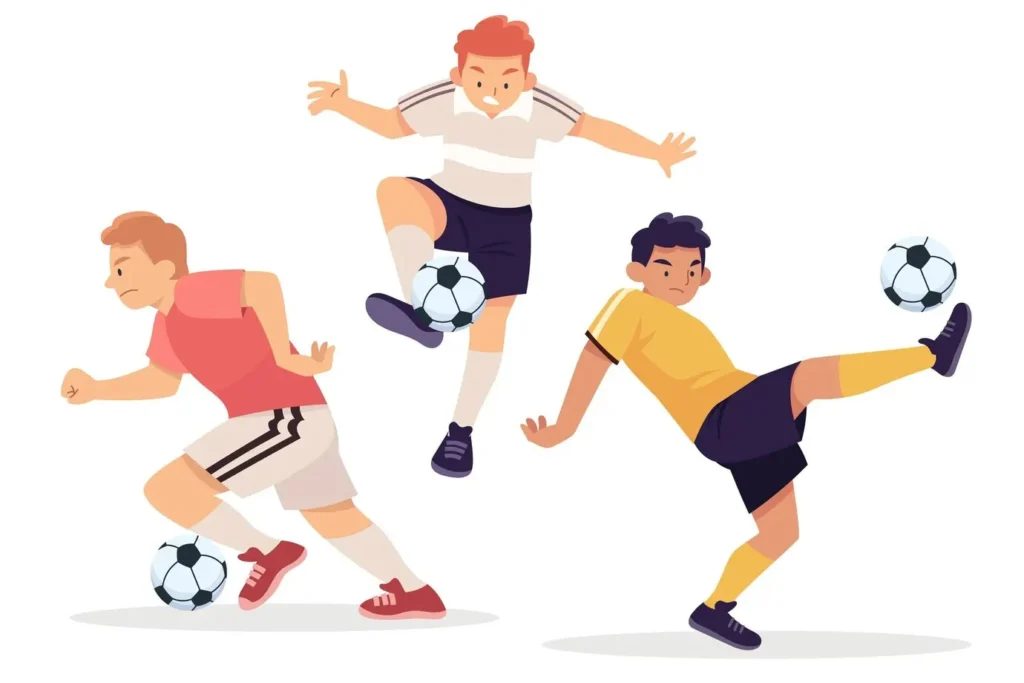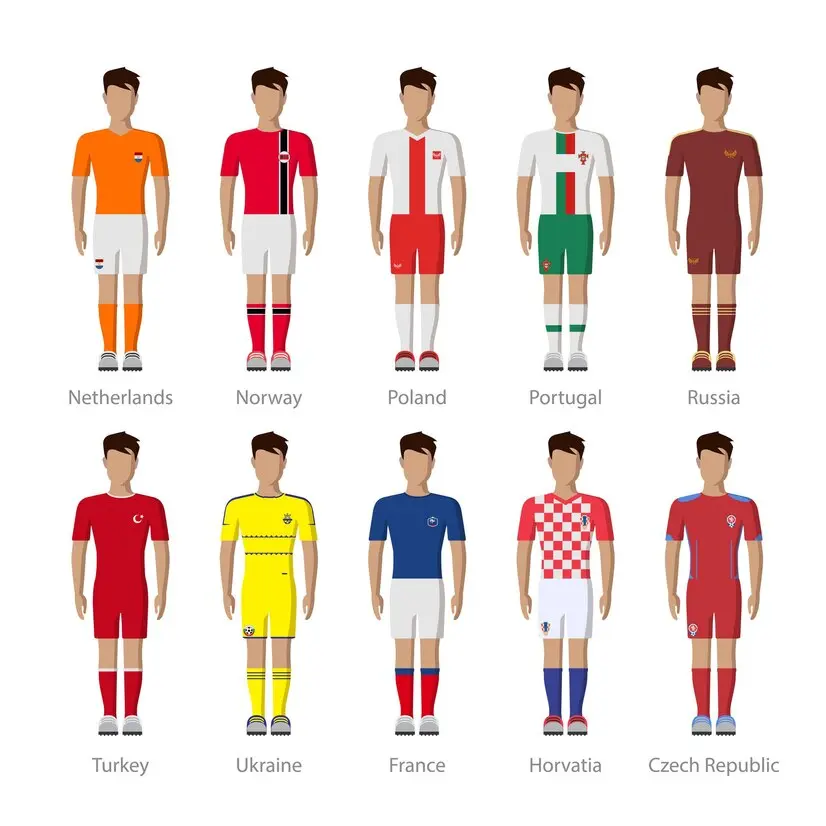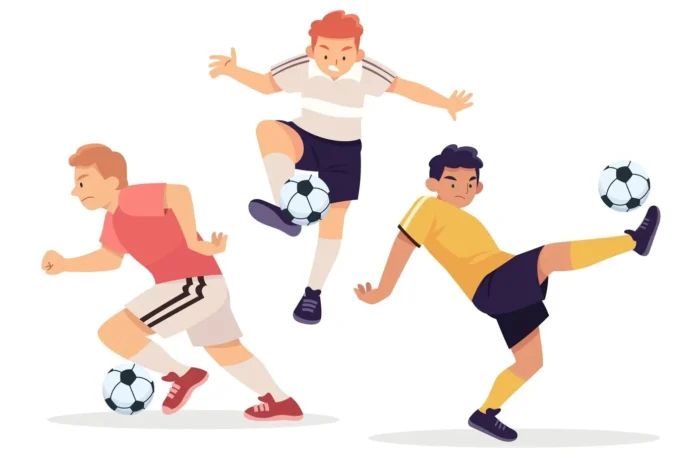Sports uniforms, which are not only functional clothing but also symbols of team identity and pride, have changed immensely in design and technology over time. From basic, utilitarian outfits to highly specialised apparel found in today’s world, sports uniforms have continued to change over time to increase performance, enhance comfort, and remain fashionable.
Historical Perspective
Looking back makes sports uniforms’ history interesting. In the beginning, athletes put on plain but working attires without considering fashion or technology. Some key changes during these years include:
- Early 20th century: Woollen and cotton-made uniforms were the most popular owing to their hardiness.
- The 60s and 70s: The advent of synthetic fabrics meant that sportspersons could now wear more flexible and lighter garments.
- The 80s and 90s: It was all about style and branding as teams went for bright colours as well as daring logos.
Each period witnessed a range of developments that gradually transformed sports costumes from mere gear into high-performance wear.
Technological Innovations
Present-day sportswear has benefited from several technological innovations aimed at improving athletic performance while enhancing comfort. Moisture-wicking fabrics have been introduced to keep athletes dry by pulling perspiration away from the skin. Breathable mesh, thermal layers, and other temperature control technologies help regulate body heat during different weather conditions.
Additionally, improved flexibility and durability are offered by materials such as spandex-polyester blends, similar to how online casino continue innovating gaming experiences for increased user engagement. Just like modernism has completely revolutionised sportswear, allowing athletes to play their best while feeling comfortable. With every passing year, technology is always changing in sports uniforms, thus indicating how far producers are willing to go in terms of creating new boundaries in the high-tech fabric that is used for sports purposes.

Aesthetics and Design Trends
The sports uniform aesthetic design has changed a lot. From being mainly functional, modern attire is now in line with fashion, culture, and business. They have become more vibrant and fashionable with bright colours and unique patterns. This shows that aesthetics matter when it comes to sporting wear.
Iconic Uniforms and Their Impact
Popular sports uniforms have had long-standing effects on fashion as well as culture. Baseball’s traditionalist, Yankees’ pinstripe, is an archetypal example of this. Similarly, the Brazilian national soccer team’s yellow jersey is instantly recognised worldwide because of its exciting game style. Thus, these ones are not just for games, but they also influence current fashions, thus becoming cultural artefacts that are celebrated for their historical significance in sport rather than design.
Integration of Branding and Sponsorship
Designing of sportswear involves branding elements as well as sponsorships. This means that logos are prominently displayed on different attires, making them advertisements whenever the players move around within the field or during matches. The sponsors get publicity while teams get financial backing from integrating various logos or names into attires.
For instance, Arsenal’s kit, which has Emirates written across it or Nike swoosh, which can be seen on many football shirts even from far-off distances. These connections have become entrenched in the world of sports by influencing designs and adding a commercial element to sporting clothes.
Engagement Influence of Fans
Sports uniform designs are shaped significantly by fan engagement. Teams usually release alternate kits and retro designs to cater for their fans. Changes in design may be prompted by feedback from fans, such that uniforms can resonate with them. When involved, this creates a sense of being part of the community among the fans since they thus get a feeling that they belong to their team more.
For instance, initiatives driven by fans have seen the revival of old looks which have improved team identity and celebrated sport’s history. Developing uniforms that teams listen to their supporters will also make those outfits fashionable yet meaningful enough for driving enhanced connections towards their base.

Future Trends in Uniform Design
The future of sports uniforms is surely promising, with many possible innovations on the way. Some of those trends include:
- Smart fabrics: Incorporation of technology for tracking performance metrics and real-time data provision to athletes.
- Sustainability: Prioritising eco-friendly materials and manufacturing processes so as to reduce environmental footprints.
- Customisation: Tailored designs are available for players and fans, granting them unique clothes.
These advancements should improve functionality, comfort, and style making uniforms more versatile and adaptable to the current athlete’s demands. The development in sports apparel technology and design is likely to bring about significant changes going forward.
Final Words
The development of sports uniforms illustrates how athletic wear has changed over time by incorporating both practicality and fashion. Uniforms are now considered core elements meant for driving personal growth among athletes in order to enhance their performance. The future direction of sporting attire will therefore have interesting developments going by trends that athletes and fanatics are looking forward to keep being inspired with each passing moment.



































